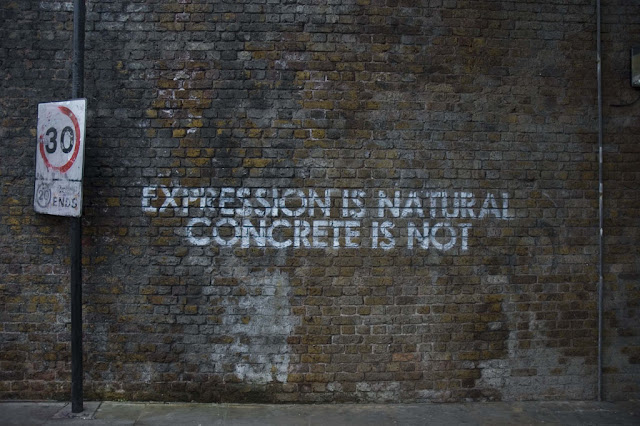In my dreams, I am free. In my dreams, I am whoever I want to be. When reality begins to sink in, what do I have left?
6.28.2012
6.26.2012
Weep not for roads untraveled
Weep not for paths left lone
'Cause beyond every bend is a long blinding end
It's the worst kind of pain I've known
Give up your heart left broken
And let that mistake pass on
'Cause the love that you lost wasn't worth what it cost
And in time you'll be glad it's gone.
Weep not for roads untraveled
Weep not for sights unseen
May your love never end, and if you need a friend
There's a seat here alongside me.
Weep not for paths left lone
'Cause beyond every bend is a long blinding end
It's the worst kind of pain I've known
Give up your heart left broken
And let that mistake pass on
'Cause the love that you lost wasn't worth what it cost
And in time you'll be glad it's gone.
Weep not for roads untraveled
Weep not for sights unseen
May your love never end, and if you need a friend
There's a seat here alongside me.
6.22.2012
6.18.2012
Reblog: serial killers and rapists
ramirezdahmerbundy:
The FBI study on sexual and serial homicides refers to a study of 108 convicted serial rapists and their 389 victims. The data collected from this study is very valuable, as serial homicide is mostly a sexual crime and often begins or ends with rape. Rape had occurred in 98 percent of the serial homicides studied by the FBI: 56 percent before the victims death and 42 percent after death. The study identified four types of rapists; some experts are now urging that these types be applied to serial killer classification systems:
- Power-reassurance (or compensatory rapist): This type of rapist often has a rape fantasy that his victim actually likes it and will fall in love with him as a result of the rape. He may attempt foreplay and to make a date with his victim afterward. Rape results from sexual arousal and loss of self-control. The rapist is called compensatory because of his terminal sense of inadequacy, which leads him to believe that no “normal” woman would want to have sex with him, unless he compensates it with rape. The rape is a highly sexual act and the offender often has a history of sexual behaviour such as voyeurism, excessive masturbation, and exhibitionism. He will do what the victim allows him to do.
- Power-assertive (or exploitative rapist): The sexual component is less important here, and the rape is more of an expression or aggression in which the rapist needs to build his own fragile ego and sense of inadequacy by humiliating his victims, dominating them, and having them submit to him.
- Anger-retaliatory (or displaced rapist): The sexual attack is an expression of anger and rage. The victim often serves as a stand-in for the rapists real object of hate. The behaviour can vary from simple rape to highly elaborate acts of murder and mutilation. Edmund Kemper might be described as a displaced rapist, because he killed eight victims before finally killing the person he actually wanted to - his mother. Most displaces personalities, however, do not get an opportunity to kill the subject of their deep hate, and this continue killing “innocent” victims.
- Anger-excitation (or sadistic rapist): The sexual act is an expression of aggression fused with sexual desire. In a cycle, sexual arousal gives rise to aggressive desire, which in turn further arouses the rapist. Sometimes the attack begins as a consensual seduction, but then escalates in intense and violent sexual aggression. The rapist often focuses his attack on parts of the victims body such as the breasts, anus, buttocks, mouth, and genitals. Paul Bernardo was an example of the sadistic personality.
6.17.2012
6.11.2012
6.04.2012
6.03.2012
Ever feeling down? Go listen to My Chemical Romance. I promise, it'll make you feel better.
Subscribe to:
Comments (Atom)










